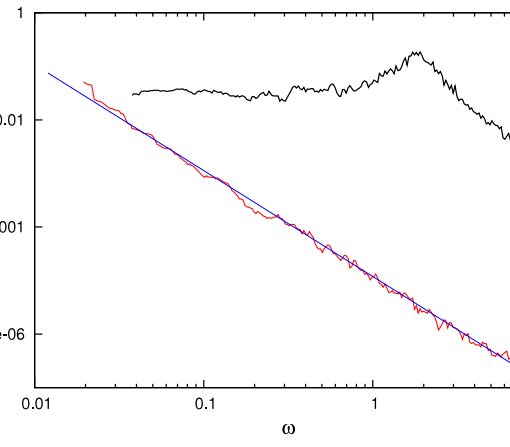Jorge Hidalgo, Luis F Seoane, Jesus M Cortes and Miguel A Munoz. Stochastic amplification of fluctuations in cortical up-states. PLoS ONE 7: e40710, 2012 [pdf]
Cortical neurons are bistable; as a consequence their local field potentials can fluctuate between quiescent and active states, generating slow 0.5-2 Hz oscillations which are widely known as transitions between Up and Down States. Despite a large number of studies on Up-Down transitions, deciphering its nature, mechanisms and function are still today challenging tasks. In this paper we focus on recent experimental evidence, showing that a class of spontaneous oscillations can emerge within the Up states. In particular, a non-trivial peak around 20 Hz appears in their associated power-spectra, what produces an enhancement of the activity power for higher frequencies (in the 30-90Hz band). Moreover, this rhythm within Ups seems to be an emergent or collective phenomenon given that individual neurons do not lock to it as they remain mostly unsynchronized. Remarkably, similar oscillations (and the concomitant peak in the spectrum) do not appear in the Down states. Here we shed light on these findings by using different computational models for the dynamics of cortical networks in presence of different levels of physiological complexity. Our conclusion, supported by both theory and simulations, is that the collective phenomenon of “stochastic amplification of fluctuations” previously described in other contexts such as Ecology and Epidemiology, explains in an elegant and parsimonious manner this extra-rhythm emerging only in the Up states but not in the Downs.





